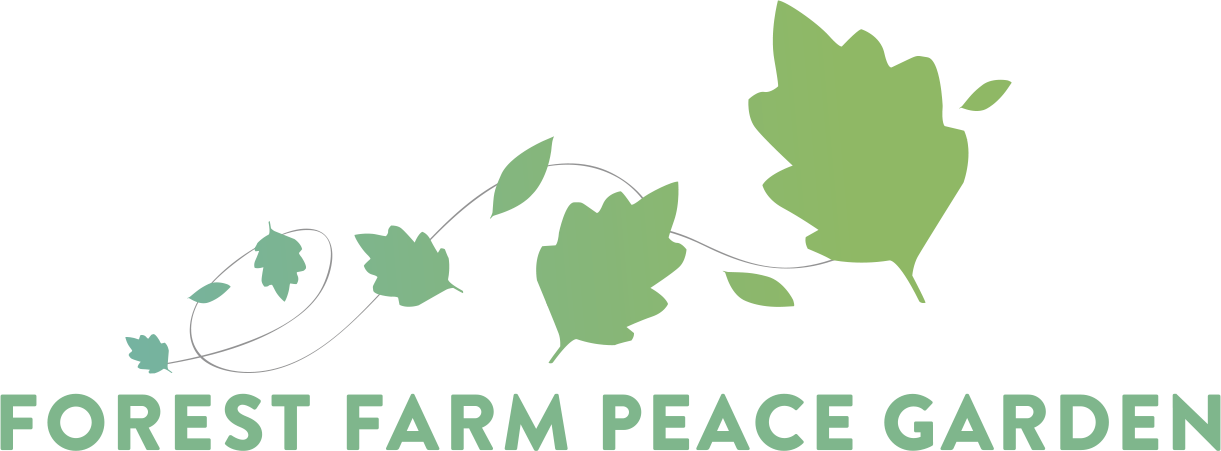Wild garlic flowers
Carpet of wild garlic
Common Name Wild Garlic
Genus & Species Allium ursinum (L.)
Family Amaryllidaceae
Other Names Ramsons, Buckrams, Broad-leaved Garlic, Wood garlic, Bear Leek, Bear's Garlic
Range and Habitat Inhabiting the temperate regions of Europe, from Britain east to the Caucasus, Wild Garlic is common in deciduous woodlands with moist soils, preferring slightly acidic conditions, and less frequently in scrub or hedgerows. It is more common in the south of the UK, being absent from the north of Scotland and the Channel Islands. In the British Isles, colonies are frequently associated with bluebells (Hyacinthoides non-scripta), especially in ancient woodland, of which it is considered to be an indicator species.
General ID Wild garlic is a medium-sized bulbous perennial with a distinctive and pungent garlicky smell that pervades woodland in spring. Its leaves are long, pointed and oval in shape with untoothed edges. They grow from the plant base and the bulb and have a strong garlic scent. In April and May it bears small, white, six petalled flowers on a thin stalk. Around 25 flowers form each rounded flower cluster which is held high on a single, leafless stalk. It reproduces through bulbs, bulbils and very occasionally seeds. The seeds are 2–3mm long, flattish on one side and black and are dispersed when the parts of the plant above ground die down.
Wild Garlic can be confused with the poisonous lily-of-the-valley when not in flower, though the leaves of wild garlic grow from the plant base whereas lily-of-the-valley has two or three leaves on its stem. When in flower, lily-of-the-valley is easily distinguishable from wild garlic as it has bell-shaped, white flowers. Be sure to fully identify wild garlic before foraging.
For food… The whole plant is edible and is one of the most popular wild foods in the UK’s foraging revival. The leaves can be used as salad, herb, boiled as a vegetable, in soup, or as an ingredient for sauces, or as a substitute for basil in pesto. The stems are preserved by salting and eaten as a salad in Russia. A variety of Cornish cheese has a rind coated in wild garlic leaves. The bulbs and flowers are also edible. It is used for preparing speciality herbed cheeses from eastern Turkey.
For healing… Ramsons has most of the health benefits of the cultivated garlic, A. sativum though it is weaker in action. All parts of the plant can be used, but the bulb is most active. The plant is anthelmintic, antiasthmatic, anticholesterolemic, antiseptic, antispasmodic, astringent, cholagogue, depuritive, diaphoretic, diuretic, expectorant, febrifuge, hypotensive, rubefacient, stimulant, stomachic, tonic and vasodilator. Ramsons ease stomach pain and are tonic to the digestion, so they can be used in the treatment of diarrhoea, colic, wind, indigestion and loss of appetite. The whole herb can be used in an infusion against threadworms, either ingested or given as an enema. The herb is also beneficial in the treatment of asthma, bronchitis and emphysema. The juice is used as an aid to weight loss and can also be applied externally to rheumatic and arthritic joints where its mild irritant action and stimulation to the local circulation can be of benefit. It is recognised as having a good effect on fermentative dyspepsia. The bulb being one of the key ingredients in tonics for rheumatic problems. It is particularly effective in reducing high blood pressure and blood cholesterol levels, hyperlipidemia and lipid metabolism disorders.
In culture… The juice of the plant is used to repel moths, other insects and moles. The juice of the plant has been used as a general household disinfectant. In 19th-century Switzerland cows fed on ramsons gave milk that tastes slightly of garlic used to make a very popular butter. The leaves have also been used as animal fodder. The first evidence of the human use of A. ursinum comes from the Mesolithic settlement of Barkær (Denmark), where an impression of a leaf has been found. A high concentration of wild garlic pollen was found in the settlement layer in the Swiss Neolithic settlement of Thayngen-Weier (Cortaillod culture), which has been interpreted by some as evidence for early use as a fodder. In Greek legend, Odysseus used moly, a wild garlic, as a charm to keep the sorceress Circe from turning him into a pig.
For wildlife… Ramsons is the host food plant for the moth Acrolepiopsis betulella. The seeds are dispersed by ants. It is a favoured food of bears in Europe and in archaic Britain, hence the specific name ursinum as well as many of the common names. It is also popular with wild boar but deer tend to avoid it. It is poisonous to dogs.
At FFPG… It can be found in the forest garden and chill-out areas at FFPG.
Disclaimer:
This is intended for information only. FFPG, its staff, trustees and volunteers do not make any claim as to the safety or efficacy of plants listed for medicinal purposes and do not encourage the consumption or use of any of the plants listed herein. Anybody wishing to use plants for medicinal effect is advised to consult their medical professional.



